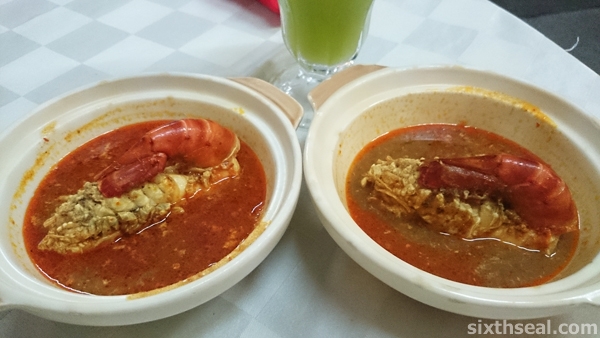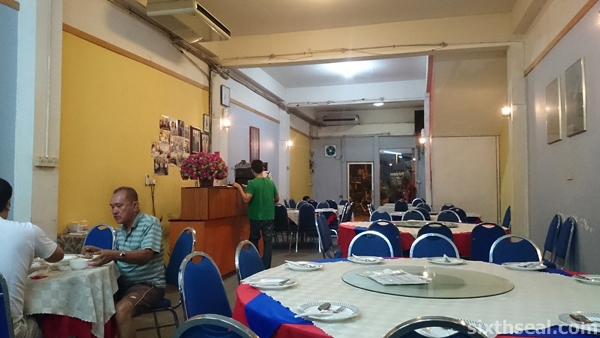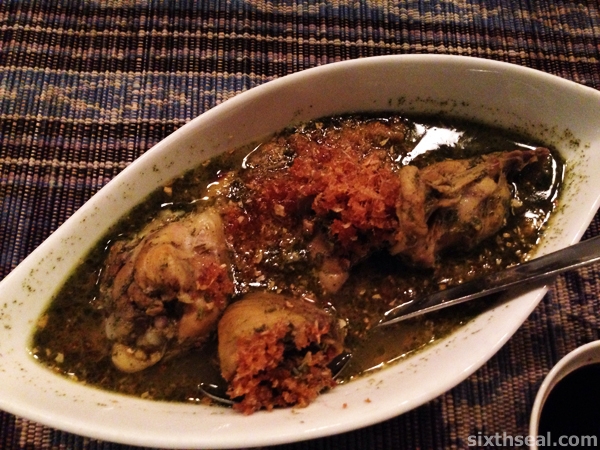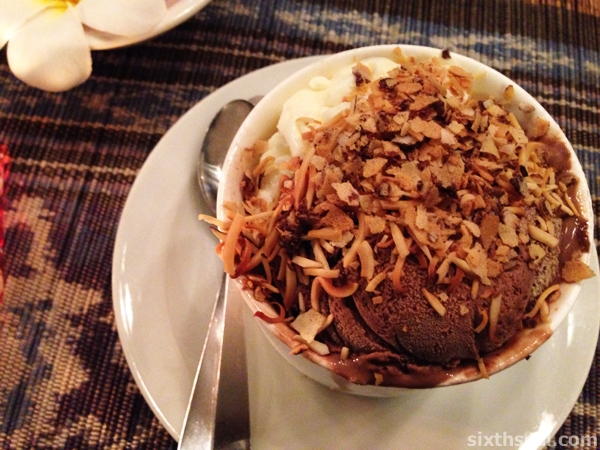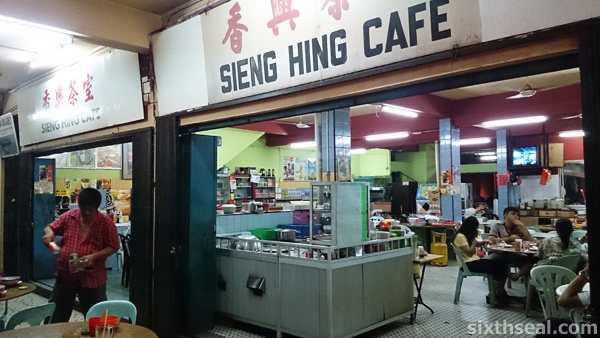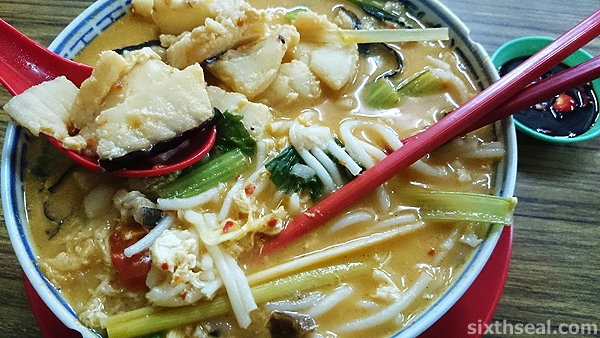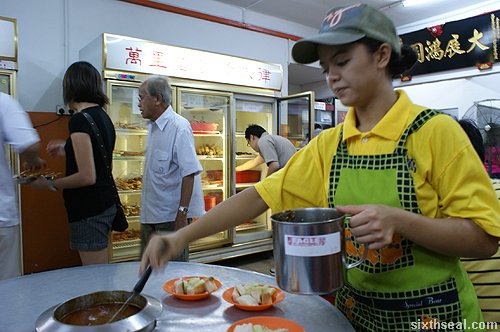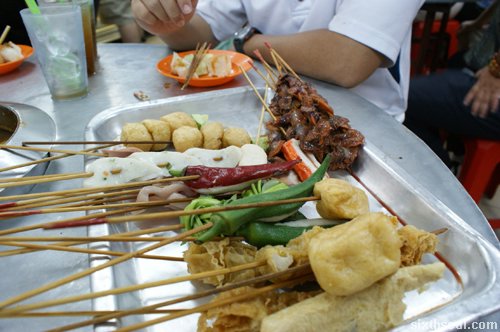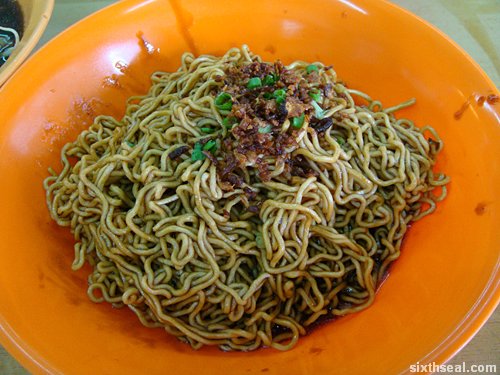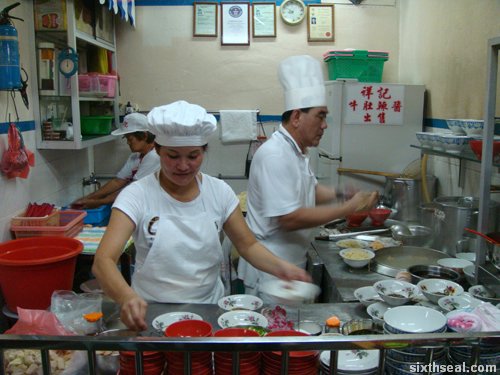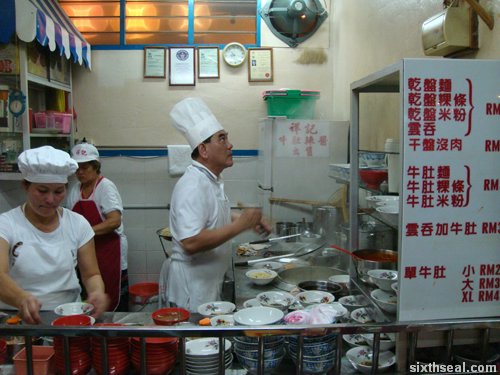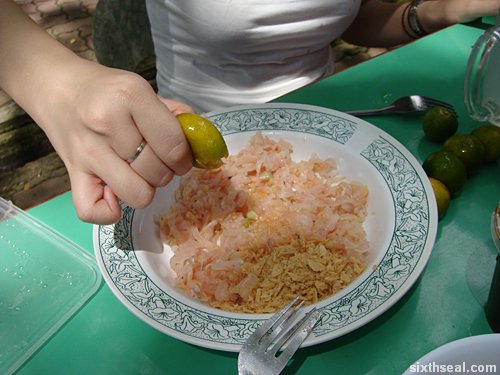
We were at Citta Mall when we came across this relatively new restaurant. Jombali had taken out a large sign which advertised (of all things) a Michelin inspired dish. ![]()

Needless to say, this had nothing to do with Michelin and I have no idea where the whole “inspired by Michelin” bit came in.

I ordered an Oreo Shake (RM 8.90) and my better half had a Coconut Shake (RM 8.90). The latter was quite enjoyable, tasted a bit like the Thai counterpart it was meant to emulate but the former wasn’t anything to write home about.

It was dinnertime so I had the Nasi Goreng 3 Rasa with Ayam Goreng (RM 13.90). This was from their Jomabli Top Sellers menu and the 3 Rasa part means “3 tastes”. It pulled that off quite well – the fried rice was salty, sour (from the tomatoes) and spicy. The portion was GIGANTIC though and I couldn’t finish it although it was good.

My dear had the Nasi Lemak Ayam Goreng Berempah (RM 10.90) – the chicken is the same but hers is made with rice steamed with santan (coconut milk). It also came in a Supersized portion but the rice wasn’t very hot. I think part of it was due to them trying to serve us both at the same time, a very noble concept but maybe not so suitable for an eatery of their aspirations.

Jombali serves up decently priced food and adds to the selection at Citta Mall but we probably won’t be going back again unless we were really hungry.




